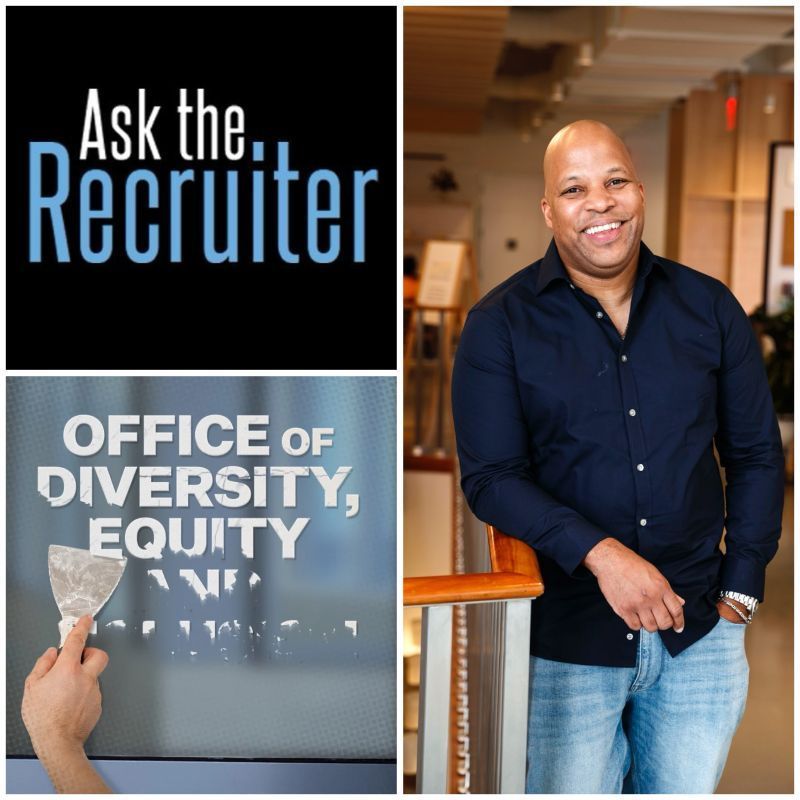Kenneth L. Johnson talks NFL Rooney Rule, Fortune 500 Hiring and Diversity with Forbes

Discrimination is forbidden, as stated by law, but it happens anyway. According to Harvard Business Review , "Hiring discrimination against black Americans hasn't declined in 25 years."
When we think of discrimination, we think of the legal rights of job applicants before they become employees. According to the Equal Employment Opportunity Commission , Title VII of the Civil Rights Act of 1964 "prohibits employment discrimination based on race, color, religion, sex, or national origin." But sometimes, discrimination can be masked by favoritism.
This brings me to the recent, high-profile hiring of an NFL coach. It has led some to believe that discrimination is alive and well not only in the boardrooms but on the sidelines of our favorite pastime.
The Rooney Rule is a policy in the NFL that states all teams are required to interview at least one minority candidate for head coaching and senior football operation openings. The independent group tasked with monitoring this policy is The Fritz Pollard Alliance , which advocates for diversity and job equality in the league.
Many speculated that Mark Davis, principal owner of the Oakland Raiders, violated league policy and circumvented the Rooney Rule when he hired Coach John Gruden. According to USA Today , "The Raiders officially hired Gruden as head coach on Jan. 6. But during the introductory news conference, owner Mark Davis said he reached an agreement with Gruden over dinner on Dec. 24. The team hadn’t conducted an interview with any minority candidates at that point."
The Raiders said they interviewed a few minority candidates for the opening, but critics say it only took place after Mr. Davis reached an agreement with Gruden. The NFL has since concluded The Raiders did not violate the Rooney Rule, though The Fritz Pollard alliance disagrees.
John Gruden is viewed by many as football royalty. He checks off all of the boxes as an "A" candidate and is rightfully an excellent hire. As a recruiter, I fully agree with Mr. Davis' decision and his technique in hiring a passive candidate to lead his organization.
On the other hand, as a diversity recruiter and an African-American, I’m disappointed by this situation. Across all sectors and industries, those of us in a position of influence in the recruiting and hiring cycle must adhere to the rules and regulations in place to prevent hiring discrimination. This is accomplished by following the processes in place to the letter of the law in accordance with the rules at hand.
The practice of talent acquisition has been a part of the American workplace for decades, but protecting the rights of workers looking to secure an opportunity remains a challenge in most if not all industries.
When I was 16, I needed some extra cash, and my father, who was an account representative for Mars Inc, had an immediate solution. Over the years, he formed relationships with grocery store managers and owners throughout the Greater Pittsburgh region. He approached one of those managers about a job opportunity for me, his son, who was headed to The University of Maryland and needed a job. I was hired immediately. I’m not even sure I completed an application or had an actual interview. That was business as usual — I had a connect.
My point is, at its core, hiring is discrimination. Whether a hiring manager is looking for the right fit in terms of workplace culture, skill set, personality, education or if the candidate is a referral, it’s all a form of discrimination against those who don’t have whatever it is that is most desired by the hiring decision maker.
In the case of the Oakland Raiders and Mr. Davis, it was familiarity. People make hiring decisions based on a series of variables that are often not listed in the position description, even though there are EEOC safeguards in place to prevent unfair hiring practices by law. Just like the Rooney Rule, it's designed to provide all candidates (regardless of color) the opportunity to be considered.
The laws were originally put in place to prevent unfair hiring practices, but now they must serve simply as the foundation for true equal opportunity. Diversity should be the desire, not the requirement.
If organizations were to have open conversations both internally and externally about the lack of diversity in their current workforce and existing recruitment pipelines, I believe we would experience great strides in the number of minorities in board-level and C-Suite positions. There tends to be a follow-the-status-quo attitude when it comes to the diversification of the workplace, especially and most importantly at the highest levels.
Though the answer may not be the same for each and every company, if it's true that hiring discrimination against black Americans hasn't declined in 25 years and that there will soon be just three black Fortune 500 CEOs , these conversations are long overdue. The future of our workplace depends on change. Companies that see through this change with a sense of urgency and commitment will be the ones that serve their customers best and subsequently win the race for top talent.
We can all learn from the NFL's Rooney Rule. Since its inception in 2003, there has been a definite uptick in the number of minority coaches in the sport, and several minorities have taken advantage of the opportunity to interview for and secure key roles. Now, let's see if the leaders of Fortune 500 organizations decide that equal opportunity at the highest levels serves as a good game plan for them.















